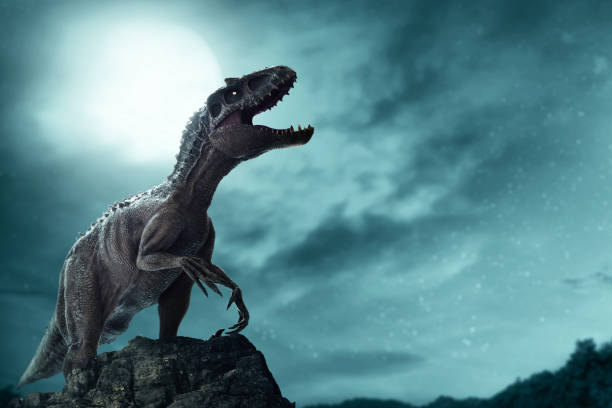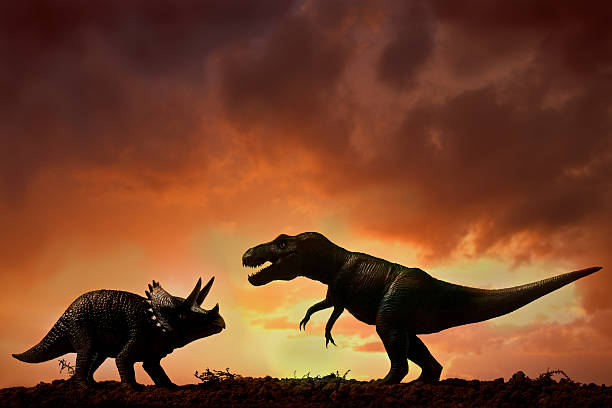What are dinosaurs?
Dinosaurs are a varied group of reptiles belonging to the Dinosauria clade. After the Triassic-Jurassic extinction crisis 201.3 million years ago, they became the dominating terrestrial vertebrates, and their supremacy lasted throughout the Jurassic and Cretaceous ages. Birds are feathered dinosaurs that developed from earlier theropods during the Late Jurassic era, and they are the only dinosaur lineage known to have survived the Cretaceous-Paleogene extinction catastrophe 66 million years ago. Dinosaurs are therefore split between avian dinosaurs (birds) and extinct non-avian dinosaurs (all dinosaurs other than birds).
Dinosaurs differ in taxonomic, morphological, and ecological terms. Birds are the most varied group of vertebrates, with about 10,700 extant species. Paleontologists have identified over 900 unique genera and over 1,000 different species of non-avian dinosaurs based on fossil evidence. Extant species (birds) and fossil remnants of dinosaurs may be found on every continent. Before birds were acknowledged as dinosaurs in the early part of the twentieth century, most scientists thought dinosaurs were slow and cold-blooded. However, most research undertaken since the 1970s has shown that dinosaurs were busy creatures with high metabolisms and multiple adaptations for social interaction. Some were herbivorous, while others were carnivorous. Evidence suggests that all dinosaurs were egg-laying, and that nest-building was a trait shared by many dinosaurs, both avian and non-avian.














